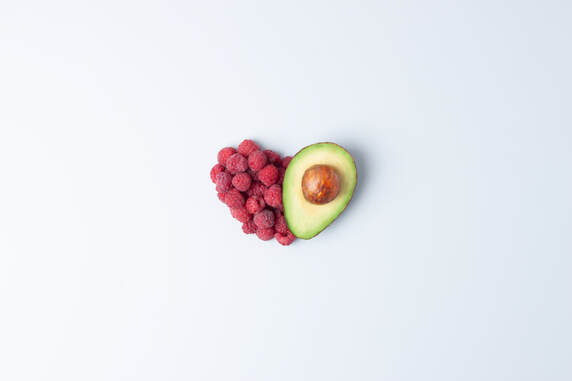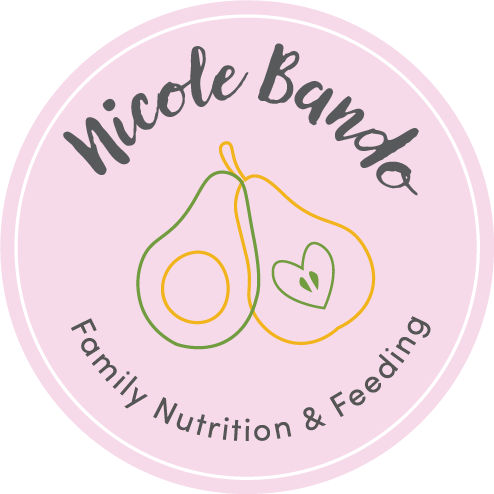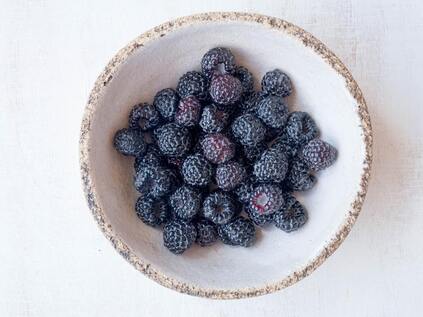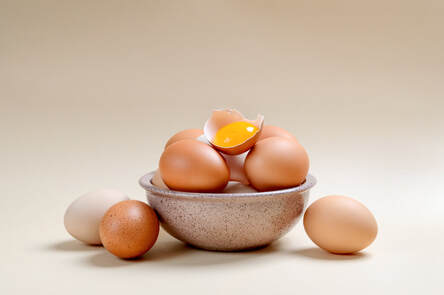
Fruit contains vital nutrients including fibre, slow release carbohydrates, and myriad vitamins, minerals, plant nutrients & antioxidants (prevent damage to cells). The amount of fruit an individual needs depends on their age and stage. The type of sugar found in fruit is generally slow release energy and different to the free sugar added to processed foods, making it an excellent component of the daily diet. Leave the skin on for added fibre, to assist regular bowels and happy gut bacteria. Choose a variety of fresh, frozen or canned in juice. Watch out for products such as fruit straps, stringers & puffs as they tend to be high in fruit puree, concentrates & added ingredients, making them high sugar, low nutrient options.
What is a serve of fruit?
– 1 medium apple, banana, etc.
– 1 cup of canned fruit in juice
– 2 small stone fruit or kiwi
– 30g dried fruit = 4 dried apricots halves, 1 ½ tb of sultanas (include dried fruit occasionally, around once per week).
So how much does a child or adult need per day?
– 1-2 years: ½ serve = e.g. ½ medium apple, ½ cup canned fruit or 1 small apricot
– 2-3 years: 1 serve = e.g. 1 medium apple, 1 cup of canned fruit or 2 small apricots
– 4-8 years: 1 ½ serves = e.g. 1 apple & ½ cup strawberries,
– 9-18+ years: 2 = e.g. 2 medium apple/banana, etc. or 4 small apricots/kiwi/plums.
Aim to mix up the variety of fruit across the day and week. For example, a 4 year old may have 1 medium apple, and 1 small apricot to reach 1 ½ serves.
If your child loves fruit and is eating more than is recommended, it may mean they are missing out on other foods from the core food groups. Also, excessive fruit can lead to tummy upsets, due to the overload of fructose (this does not mean they are fructose intolerant). Try these alternative healthy snacks:
- Vegetable sticks e.g. carrot, cucumber and celery with dips
- Corn on the cob
- Boiled eggs
- Cheese on crackers
- Yoghurt
- Nuts (if older than 5 years)
- Snack size canned chickpeas and edamame
- Popcorn (if older than 5 years)
See our article on Healthy Lunchboxes for other healthy snack ideas: https://www.nicolebando.com/articles/a-healthy-lunchbox
References:
Eat for Health. Recommended number of serves for children adolescents and toddlers. 2015. Available at https://www.eatforhealth.gov.au/food-essentials/how-much-do-we-need-each-day/recommended-number-serves-children-adolescents-and
By Emma McShane, Dietitian, edited by Nicole Bando, APD





